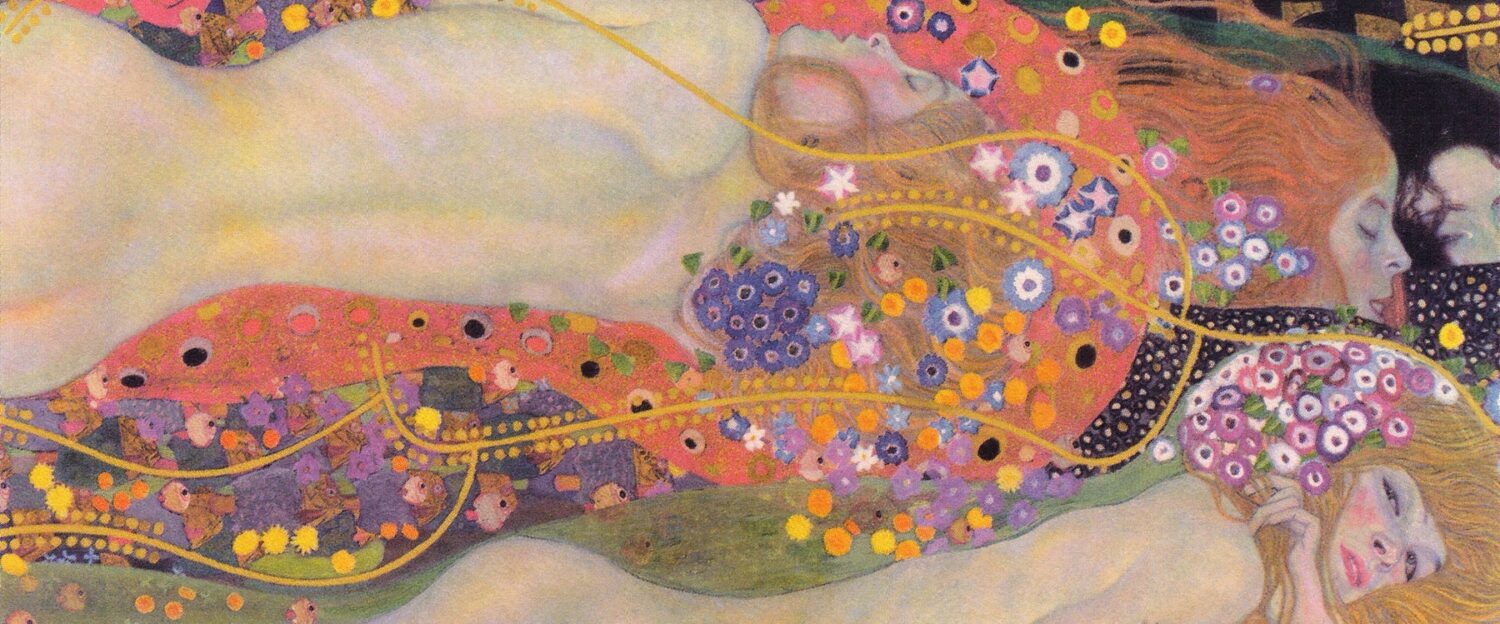There is no question that society is in a state of turmoil. Whatever you think about social media and the fracturing of our media infrastructure, it has elevated the truth that perspective matters. Where you stand, how you see and hear, the history you bring to an issue, the way your body processes senses, the type of education all influence how you see the world.
Art is a study of perspective.
So Arting, then, is a fun way to explore perspective – both of the art itself and through the discussion. Arting As Conversation allows us to see how each person reacts to the artwork differently, and how we learn from sharing those differences.
Recently, I was on Newberry Street in Boston, randomly walking into stores and galleries. I discovered the art of Patrick Hughes, known for creating Reverspective, where he uses 3-D art to reverse the perspective of physical, enabling the frozen space to be mobile to the viewer. At the gallery, I was blown away by current examples of his art. When I stepped to the left or right, back or forth, I saw a whole new picture. Depending on where I stood, different elements of the picture bloomed into view from different angles. Below is Vanishing Venice, one his best known works, which he donated to the public domain.

Vanishing Venice, Patrick Hughes, Public domain, via Wikimedia Commons
If you want to see how dramatic this can be, check out this video of how it works from Patrick Hughes’ website.
Art and perspective remind us how we share a world but don’t see it in the same way. Patrick Hugh’s work, which creates a physical experience, drives home the truth that people standing only steps apart, see something different fundamentally different when looking at the same thing.
People struggle with this truth. Remember #TheDress, which some people saw as blue and black and others saw as gold and white. Although the color of a dress may seem trivial, this divided people and got them involved with team #blueandblack, team #whiteandgold and, of course, #dressgate.
The point – from both the internet sensation and the artist who focused his art – is simply that we see differently.
Why?
Easy. The brain,
My grandmother used to remark on how marvelous it was that we all had two eyes, one nose and a mouth, and yet we all looked different. And so do our brains.
The brain filters what we see. How we see color alters with light, time of day, our distance from the object, our memories, our age, the capabilities of our eyes, our past experiences, how we are feeling, and many more things yet to be discovered factors.
If we accept this, that we see the world differently, then art is one of the most profound messengers of that truth. As humans, we make meaning. If for no other reason, to make the profound, relevant to our lives. But we can choose for those meanings to make us smaller or larger.
I choose larger. So, my meaning is this. Our world is beautiful and powerful and rich with possibility because we are different, because we see differently, because we think and feel and process differently. It is, I think, who we were meant to be – unique.
What do you think about all of this? How does art help you understand the world? Let us know. This is all about the conversation.
Featured Image Credit: Elmer Wachtel
Discover more from Arting: Art As Conversation
Subscribe to get the latest posts sent to your email.

